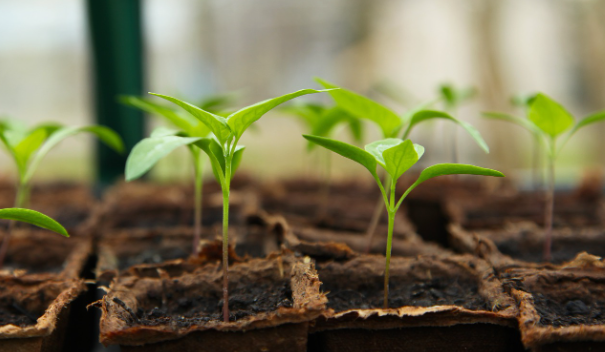Starting your first garden is an exciting venture that can provide endless joy and satisfaction. Whether you want to grow colorful flowers, fresh vegetables, or fragrant herbs, understanding the basics of gardening is key to a successful experience. These essential tips and considerations can help your home garden thrive.
Choosing the Right Location
The first step in starting your garden is selecting the perfect spot in your yard. An ideal garden location should receive at least six to eight hours of direct sunlight daily to foster healthy plant growth. Additionally, consider the proximity of your garden space to your home for easy access to water and maintenance.
Before you plant, assess the soil quality in your chosen area. Testing your soil can reveal the pH and nutrient levels, allowing you to improve the conditions for planting. Remember, the right balance of nutrients will encourage strong and vibrant growth in your garden.
It’s also crucial to take into account the area’s drainage ability. Well-drained soil is essential, as plants can rot if their roots sit in water. Look for signs of pooling water after rainfall, which could indicate a drainage issue that you’ll need to resolve.
Watering Your Garden
Watering is a fundamental responsibility for any gardener, especially when first starting. According to Hunker, large garden hoses can efficiently dispense as much as 23 gallons of water every minute, making it easier to hydrate your plants properly. However, it’s important to develop a watering schedule that suits your specific plant types and weather conditions.
Overwatering can be just as harmful as underwatering; understanding your plants’ needs is essential. Consider the size and type of plants you are cultivating and adjust your watering practices accordingly. For instance, deep watering encourages roots to grow stronger and access deeper moisture in the soil.
Finally, establishing a hydration routine will benefit both you and your garden in the long run. Regularly checking the moisture level of the soil can help you determine when to water. Adapt this practice to your local climate for the best results.
Planning Ahead
When planning your garden, it is essential to think about how your plants will grow over time. For instance, small trees that reach a maximum height of under 30 feet should ideally be planted at least 10 feet away from your home or any utility lines, according to Better Homes & Gardens. This will prevent future complications as the trees mature.
Understanding the space your plants will need ensures that they do not become overcrowded. Adequate spacing allows for proper air circulation and minimizes competition for nutrients. Moreover, it decently contributes to the aesthetics of your garden, creating a more pleasing visual impact.
Additionally, researching the growth patterns of different plants will help you anticipate their needs over time. Some small trees and large shrubs require more space than you might expect. Be strategic about your planting choices and leave enough room for growth.
Maintaining Your Garden
Garden maintenance and care are key to longevity and health. One of the fundamental aspects of garden upkeep includes deep-cleaning any fences or surrounding structures to prevent decay and pests. According to gardening advice from Better Homes & Gardens, deep cleaning is recommended for fences as frequently as every 12 months, ensuring they remain in good condition for the many seasons ahead.
Regular pruning and harvesting can also give your garden a significant boost. Trimming dead leaves, unnecessary branches, and ensuring that your plants are not overcrowded will encourage robust growth. Staying proactive in your maintenance schedule can save you time and effort in the long run.
Always stay observant for pest issues or diseases that may arise. Monitor your plants regularly and take action as soon as you notice any changes. A healthy garden requires attention and dedication, and a little vigilance can go a long way.
Starting your first garden is an endeavor that can bring beauty and produce to your home. The process involves thoughtful planning, consistent maintenance, and an eagerness to learn along the way. By following these guidelines, you’ll be well on your way to cultivating a thriving garden you can take pride in.










